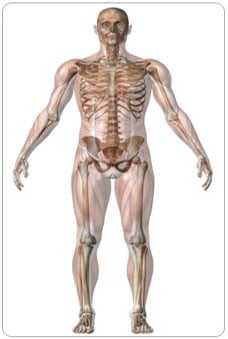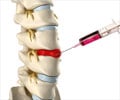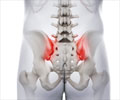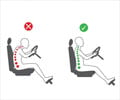Diagnosis of Back Pain
Physical examination: Your doctor examines your back to find out where the pain is and what degree of movements are possible without inflicting pain. He will find out if the back pain is as a result of muscle spasms.
If necessary the doctor would also checks the muscle power in your limbs and if the sensation is normal. If there is weakness the nerve reflexes will need to be checked too.
X-ray: These images show the alignment of your bones and suggest if there are degenerative changes in the vertebral bones and if the joints show any wear and tear. They also show the disc spaces. In a slipped disc the space is diminished between the two vertebral bodies. Two views are necessary – one from the front and the other is taken from the side. The x-rays are a good starting point and provides the doctor with all the basic information.
MRI or Magnetic Resonance Imaging
If there is any nerve problem suspected an MRI will be ordered. This is more expensive and takes longer to perform. MRI gives a complete picture of the spinal cord and the its emerging nerves
The patient is requested to lie still on a sliding table. Care is taken to ensure that the patient is comfortable in the position. Following positioning, the table slides into a cylinder like structure, housing a large magnet. With the patient inside the MRI unit, a two dimensional image of the spine is created. The patient can communicate with the radiologist or the technician in case of any difficulty or trouble.
While inside the MRI unit, a loud thumping noise is usually heard. However mufflers are provided to the patient to protect the ears form the noise. Earplugs are also provided to a relative or friend who accompany the patient in the room.
Some degree of movement is allowed in between the imaging sequences.
Computed Tomography (CT) Scan: These scans like MRI can generate images that may reveal herniated discs of the spine or problems with bones, muscles, cartilage, ligaments, tendons or blood vessels.
Bone scan: You'll receive an injection of a radioactive substance called as tracer into a vein. Using a special camera, your doctor may be able to detect bone tumors or compression fractures caused by osteoporosis.























